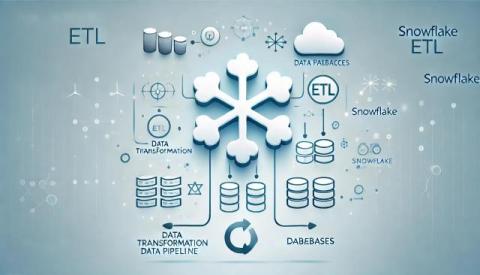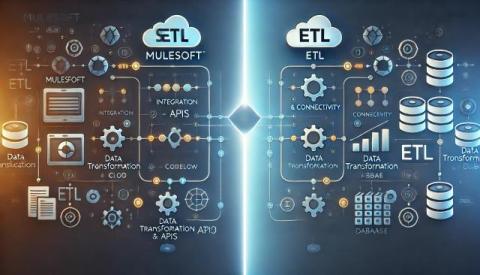Trends and Takeaways from Banking and Payments' Biggest Event of the Year
This fall, thousands of leaders in the financial services industry gathered at the annual Money 20/20 conference to talk trends in payments, compliance, fraud reduction, treasury and transactions and more. Conversations centered on the theme of “Human x Machine,” and while AI was a focus, there were plenty of other insights around real-time data analytics, security considerations and customer strategies that are guiding the future of money.











